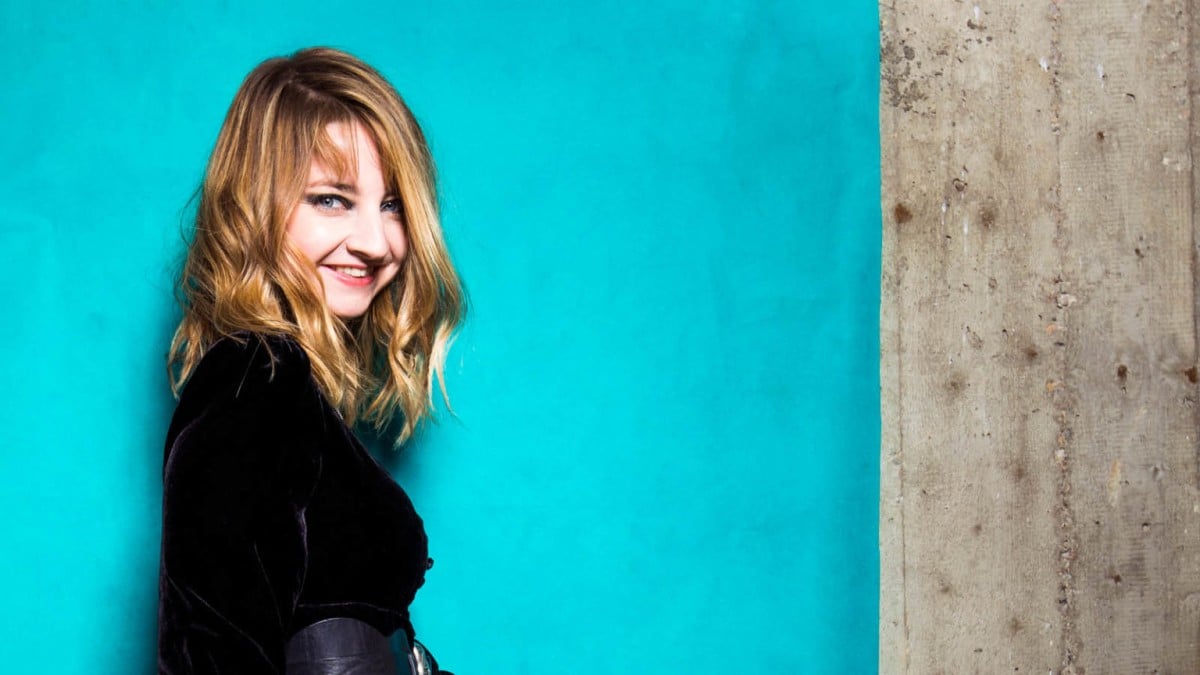FABIO LUISI conducts
LISE DE LA SALLE piano
JULIA PERRY Study for Orchestra
CLARA SCHUMANN Piano Concerto
LOUISE FARRENC Symphony No. 3
Leading into our Women in Classical Music Symposium, we invite you to explore the work of three female composers who dared to make a difference in the world of classical music. The lesser-known, but no less deserving, Julia Perry and the great Clara Schumann and Louise Farrenc were highly educated and internationally trained musicians. These talented women helped pave the way for female artists, like our soloist Lise de la Salle, whose playing inspired the Washington Post to write, “For much of the concert, the audience had to remember to breathe… the exhilaration didn’t let up for a second until her hands came off the keyboard.”
An African-American composer and conductor born in Kentucky, Julia Perry studied at Westminster Choir College and then Juilliard. Many of her early works are vocal, often incorporating influences from black spirituals. But she also studied with Luigi Dallapiccola at Tanglewood and in Italy, and she also worked with Nadia Boulanger, winning the Boulanger Grand Prix for her Viola Sonata. Her catalog includes a dozen symphonies and a pair of piano concertos; her theater works include three operas and a ballet, several on her own librettos or scenarios.
Most of this is sadly neglected, but her Short Piece for Orchestra (also known as Study for Orchestra, 1952) was recorded in a live performance by the New York Phil- harmonic under William Steinberg in 1965. It is an initially raucous, highly energized essay, brilliantly scored. There are edgy lyrical contrasts, however, and the work closes in a haunted Lento, before a whip- lash ending returns the aggressive opening thunder. — John Henken
Clara Schumann embarked on her Piano Concerto in A minor, Op. 7, not only at a pivotal moment in her own musical development, having previously focused on ‘small forms’ (Kallberg, 1992), but also in the history of the genre. To write a piano concerto in the 1830s was to engage with an established tradition that was in a state of change. Significant in this regard were the continued advancements in the modern piano, the expansion of form, evolving relationships between the soloist and the orchestra, and shifting attitudes towards virtuosity, all of which gave rise to new ways of navigating the nineteenth-century piano concerto.
Louise Farrenc (1804–1875) studied under Anton Reicha and worked in Paris for decades as a respected composer, pianist and music scholar. In 1842 she was the first woman to be appointed to the position of professor for piano at the Conservatoire National, a position she held for 30 years.






COMMENTS